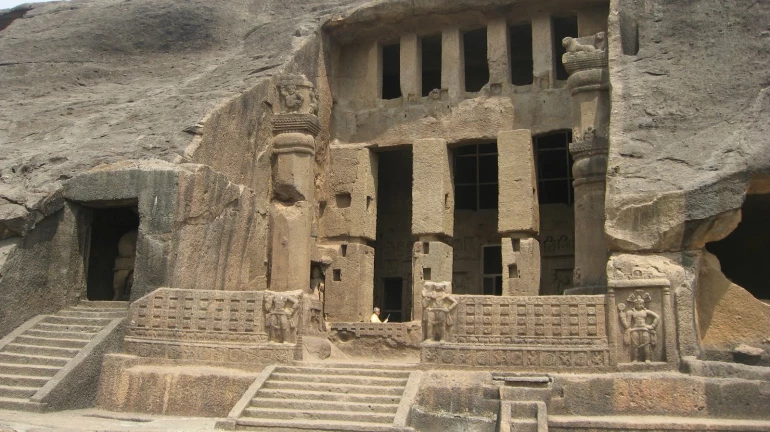
With Mumbai not being too popular for having natural beauty, the majestic caves do give a culturally rich texture to the city. The financial capital of India is as chaotic as a metropolitan city with 18 million people can be. But it's important to protect the heritage sites and the historically significant caves where some were Buddhist shrines while some were temple structures.
Here are 5 popular caves in the Maximum city:
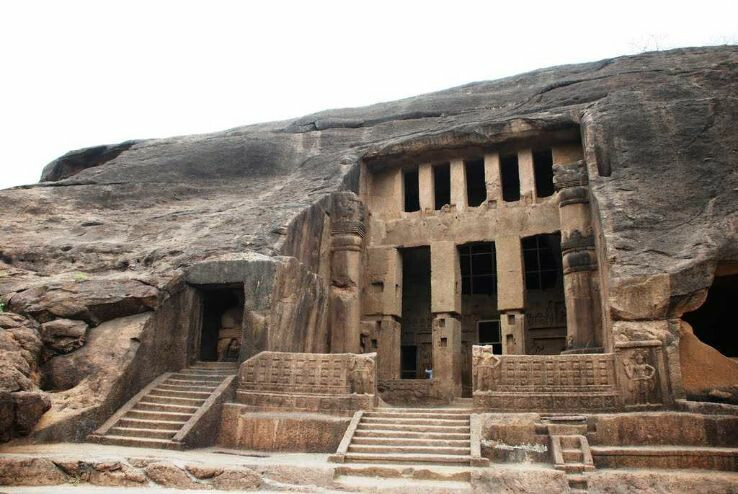
Located within the forests of Sanjay Gandhi National Park (SGNP), Kanheri caves are a huge group of 109 Hindu and Buddhist caves. Built during the first century BC, these are some of the oldest caves in India. The name is derived from the Sanskrit word Krishnagiri, which means black mountain as the cave was carved out of massive Basalt rocks. On the inside, we can find some interesting paintings, sculptures, and carvings.
While the caves provide an excellent insight into history, it can be clearly seen that they were built over an extensive period of time
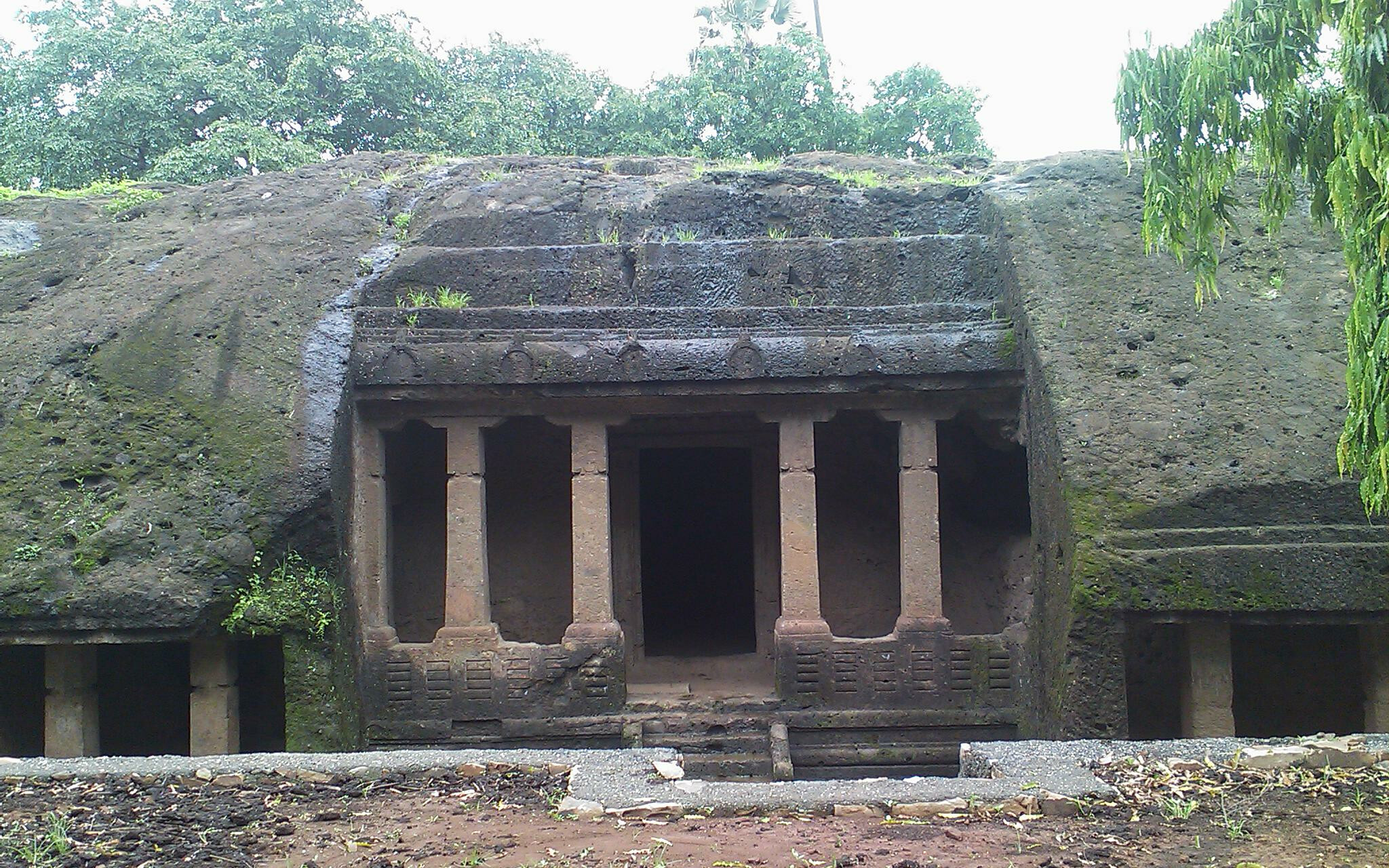
Mahakali Caves, also known as Kondivite Caves, are centuries old and are located in the eastern part of the city of Mumbai in Andheri. Mahakali Caves comprise a total of nineteen rock-cut monuments, built between 1st and 6th century. The main cave consists of Buddha figures and stupas and there are several Buddha idols carved on the rocks too. These solid basalt caves are a favourite place for history lovers, and archaeologists. Surprisingly clean and efficiently maintained, the caves are far from the city area hence give a sense of serenity.
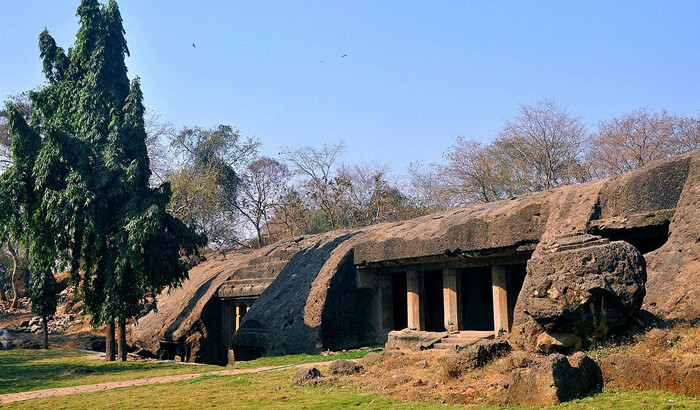
Beautifully carved out of solid black basalt rock, the caves exist since the Ashokan Empire. The existence of a Buddhist Stupa indicates the dwelling of Buddhist monks here. The walls contain scriptures in Pali, a language older than Sanskrit. A majority of the caves are on a low-lying hill, rising only a few meters above the surroundings. Since the caves are carved in volcanic trap breccias, they are prone to weathering. The caves are small in size and contain numerous rock-cut cisterns. Though the images today are not clearly visible, the Mahakali caves are indeed one of the most beautiful specimens of the rock-cut monastery.
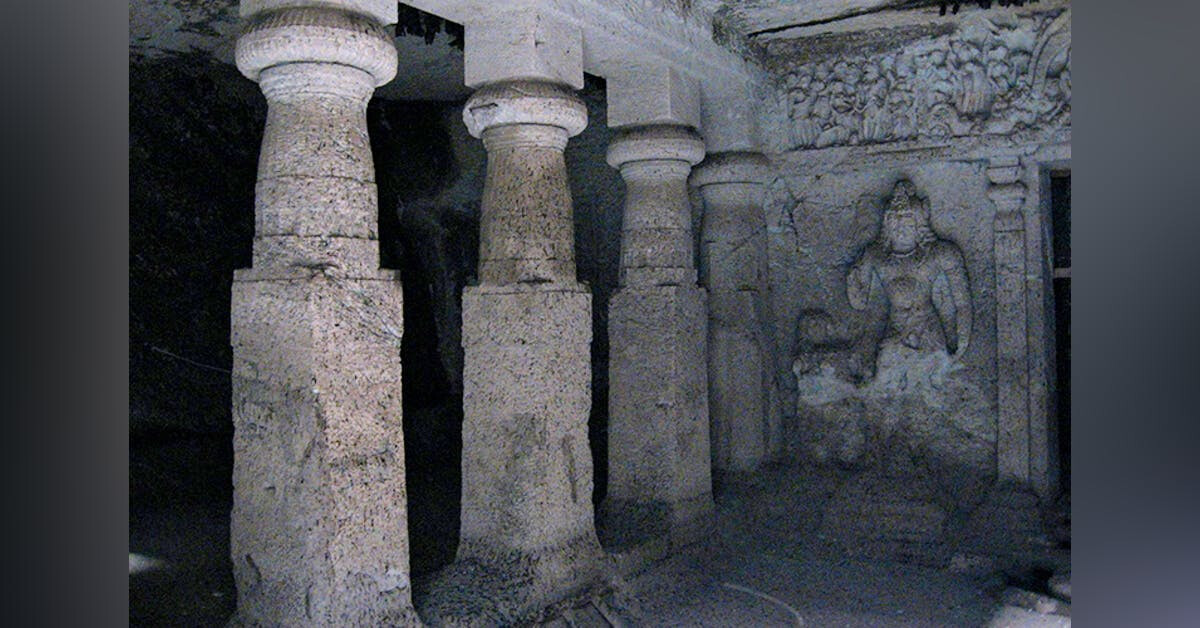
Formerly known as the Amboli Caves, Jogeshwari Caves were established around 1500 years ago. Excavated along with Ajanta and Elephanta caves, these are situated at the heart of Jogeshwari suburb in Mumbai. It is considered to be a shrine to Lord Shiva, the caves house a lot of pillars and sculptures of Hindu deities, belonging to the Mahayana Buddhist architecture. These are one of the earliest cave temples in Mumbai and are surrounded by rocks on both sides.
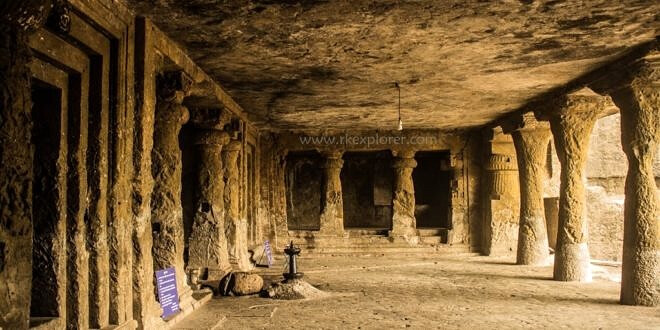
Located near Borivali West, Mandapeshwar Caves are 8th Century rock-cut shrine which are dedicated to the Hindu God - Shiva. Initially the caves were Buddhist Viharas, some time later they were occupied by the Brahmans. Currently they are a popular tourist site. Originally, the caves were on the banks of the Dahisar River but later the course of the river changed. The name of the neighbourhood was derived from this temple. It is believed that the name of Mount Poinsur, on which the Saint Francis D'Assisi High School is situated, is a corruption of the name "Mandapeshwar". The Mandapeshwar caves are smaller and lesser known as compared to Kanheri caves.
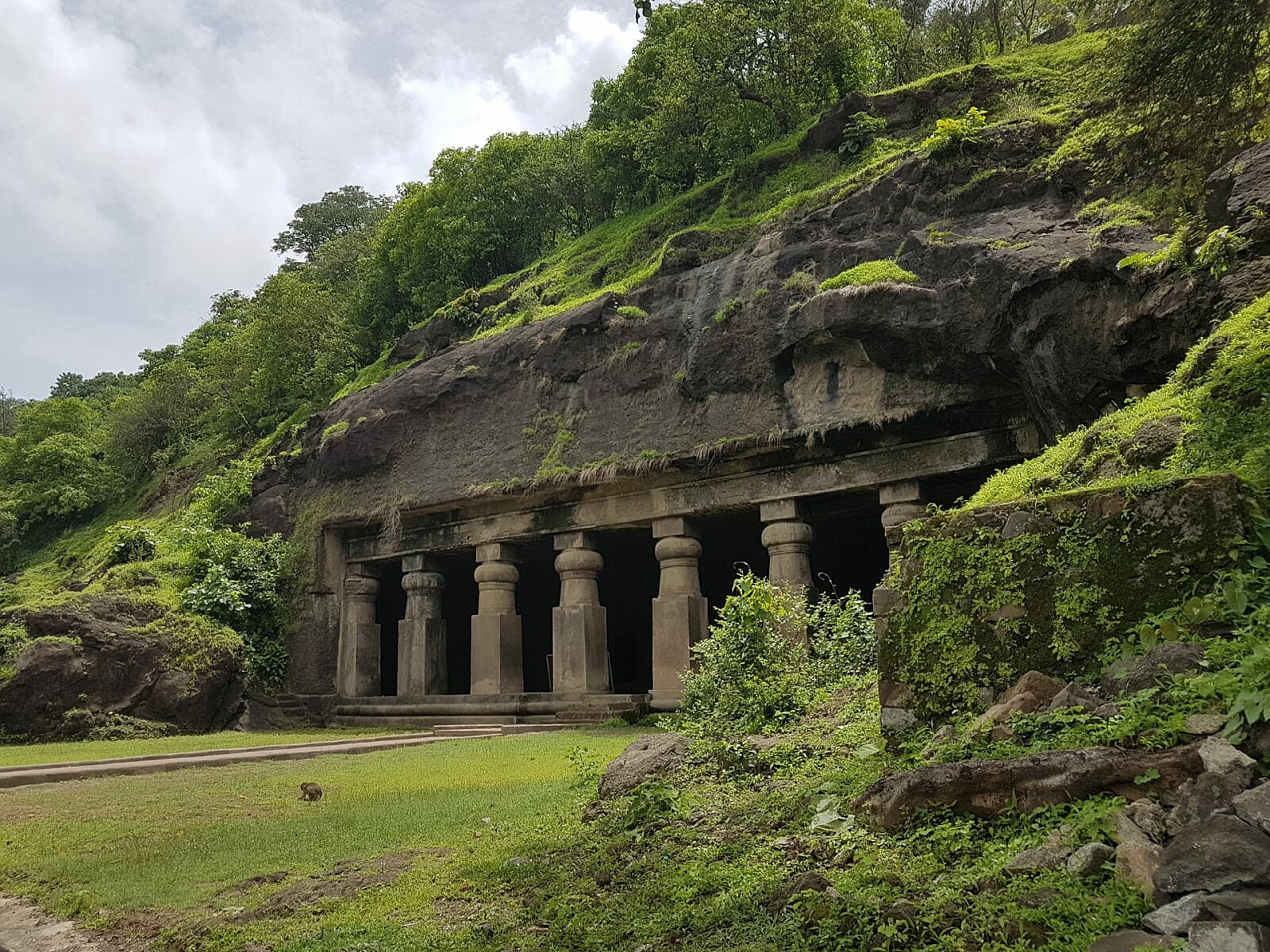
A UNESCO World Heritage Site, Elephanta Caves is a specimen of rock-cut art and architecture from the times of medieval India. The caves are located on the Elephanta or Gharapuri island which is situated at a distance of 11 km from the city of Mumbai. Natively known as Gharapurichi Leni, the Elephanta Caves that exist today are ruins of what were once elaborately painted artworks. It also provides an amazing view of the Mumbai skyline. You can reach the Elephanta Caves via a ferry ride from Gateway of India. This collection of cave temples dates back to 5th to 7th centuries and most of them are dedicated to Lord Shiva.
There are two groups of alcoves in the site of the Elephanta Caves, the first is a large group of five Hindu caves and the second one is a smaller group of two Buddhist caves. The Hindu caves contain the stone sculptures representing the Shaiva Hindu sect. The caves are an expression of art and a number of important imageries are sculpted here, which include 'Trimurti' or three-headed Shiva, 'Gangadhar' which is a manifestation of the river Ganga as she descends to the earth and 'Ardhnareshwar', which is a representation of Shiva and Parvati in the same body. In addition to being an important heritage site, the Elephanta Caves are also an unlikely trekking destination.





